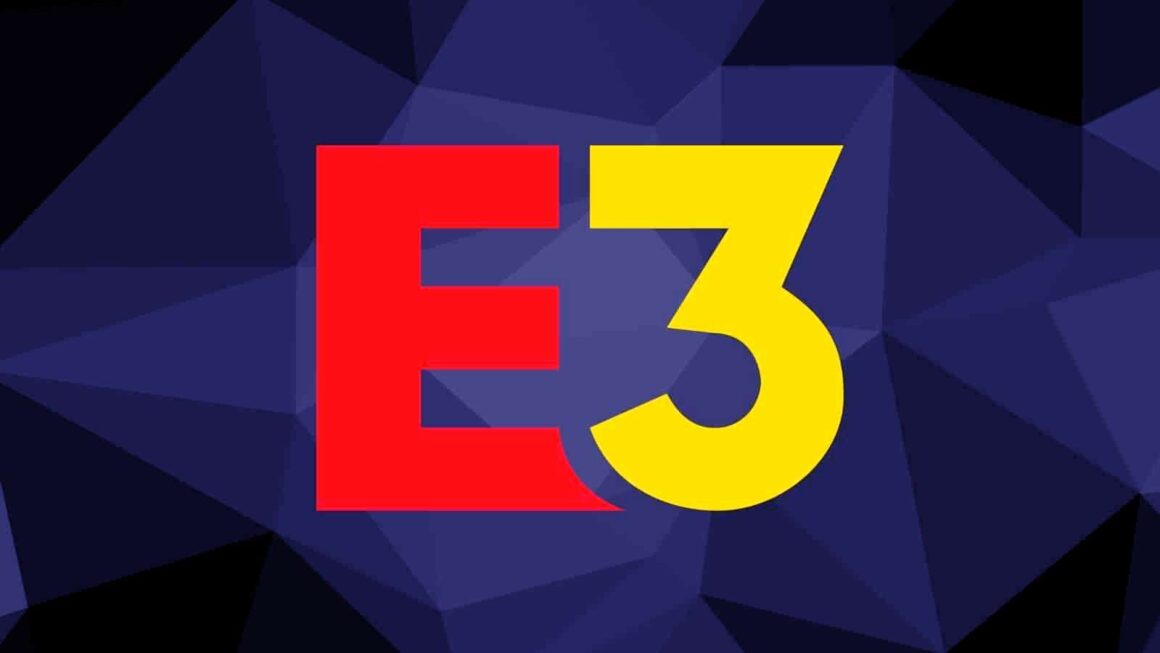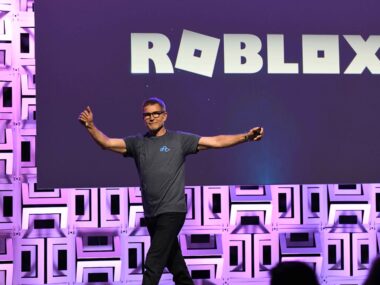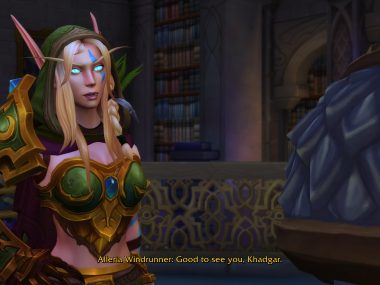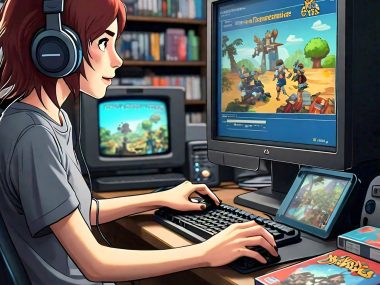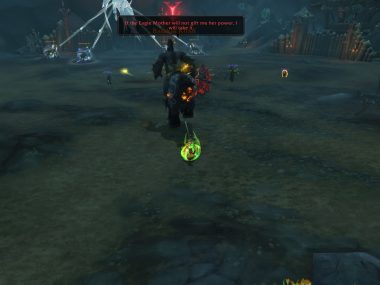Glen Schofield thinks the gaming industry is broken and that he has the solution. During his keynote speech at the opening day of Gamescom Asia 2025, he laid out a three step plan to restore the industry to its glory days.
The first (and most controversial) step was for developers to embrace generative AI as an essential part of their development process. Second, he wants investors to spend more money on game development. He also wants them to be more selective with who is put in charge of leading game studios. The third part of his plan is to bring back E3.
When E3 Meant Something
E3 used to be chaotic in a good way. Developers, journalists, and fans co-existing in the same spaces. They were all discovering what the industry was building before anyone else. You could play demos, hear honest reactions from people. You could walk away knowing exactly what needed to change.
For developers, it was a rare moment to step outside their studio bubbles. To see what others were working on. To feel the competition and the camaraderie all at once. Schofield called it “the granddaddy of them all,” a week when the entire ecosystem came alive.
It wasn’t perfect, but it was collaborative. It gave developers something the internet still hasn’t replicated: genuine, in-person exchange.
The Day E3 Died
By the start of the 2020s, E3 was on life support. Major publishers had pulled out. The costs were high, while virtual showcases offered a cheaper, more controlled alternative. When the Entertainment Software Association finally announced the end of E3 in December 2023, it was inevitable.
In its absence, the industry splintered. More publishers preferred to launch their own showcases that were streamed online. These presentations soon replaced the shared anticipation of one global event. Geoff Keighley’s Summer Game Fest tried to fill the gap, but it never captured the same spirit. It was clear the issue wasn’t just about where games were shown. It was how the industry connected around them.
Does the Industry Still Need E3?
Maybe not the version we had. The old E3 with its expensive booths, or its choreographed reveals belong to another era. Schofield’s plea to bring it back isn’t really about nostalgia. It’s about what that kind of gathering represented. It was a creative ecosystem that pushed developers to do better work.
The modern industry moves fast, but it’s also more fragmented than ever. Without a shared hub, developers have lost that feedback loop. That sense of collective ambition that once defined gaming’s biggest moments.
What a New E3 Could Look Like
I doubt we’ll see another E3 anytime soon because more developers and publishers prefer to showcase their games on their own terms. If it does return, it shouldn’t try to mimic what it was. It should evolve into something that fits the world we live in now.
Maybe instead of a trade show, a future attempt to bring it back could focus more on beta testing? Make it an event where gamers or journalists can be invited to play a game before they’re released? That version of E3 could bridge the gap between creativity and community feedback.
Maybe Schofield’s isn’t about resurrecting a convention. Maybe it’s about rebuilding a culture that values connection as much as innovation. The gaming world doesn’t necessarily need E3 back. It could use something like it. Something that reminds everyone why games were worth gathering around in the first place.
